The first conception of the work could date back to 1891, when the American circus directed by William Frederick Cody, better known as Buffalo Bill, stopped in Milan to stage "The Great Western Show". The bronze casting took place in 1893, as shown by the inscription on the base. On this date the artist presented the bronze at the Permanente in Milan and at the National Exhibition of Fine Arts in Rome, where it was purchased by the Ministry of Public Education and destined for the National Gallery of Modern Art in Rome. The original plaster cast is preserved at the Museo del Paesaggio in Pallanza di Verbania.
Paolo Troubetzkoy, one of the most eminent sculptors of his time, came from a noble Russian family. In 1884, he began studying in Milan under Ernesto Bazzaro, thus coming into contact with the artistic environment of the Lombard Scapigliatura. Troubetzkoy specialized in the creation of small portraits and graceful female figures in bronze, characterized by a vibrant and refined modeling. His skill and talent soon earned him considerable success, both nationally and internationally.
In 1889, at the Universal Exhibition in Paris, Troubetzkoy was awarded for his exceptional work. This was only the beginning of a series of significant awards that he would receive throughout his career. In 1897, in Dresden, he received the gold medal, and in 1900 in Paris he won the prestigious “Grand Prix de la sculpture”. His growing fame led him to be appointed professor at the Imperial Academy in Moscow, and he then moved to Russia. It was there that he won a competition to create an equestrian monument to Alexander III, which was erected in St. Petersburg.
In 1905, Troubetzkoy moved with his family to Paris, where he lived until 1911. During this period, he absorbed the artistic influence of Auguste Rodin. In 1913, he exhibited with great success a personal room at the Roman Secession. Works such as “My Wife” and “My Mother”, acquired by the National Gallery of Modern Art, received great acclaim from the public and critics, further cementing his reputation as a sculptor of great talent.
He then went to the United States, where he remained throughout the period of World War I. In 1921, he moved to Neuilly, France. In addition to his famous female figures and small-format animals, which were his happiest works, he also created monumental works. Among these, the Monument to Cadorna in Pallanza and the one to Cavallotti in Intra stand out. The Museo del Paesaggio in Verbania houses the Troubetzkoy plaster cast gallery, which allows you to explore the sculptor's entire artistic career through his plaster works.





















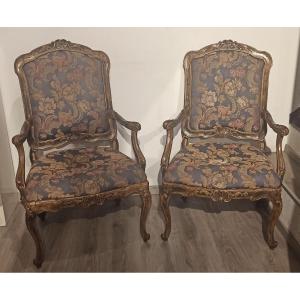
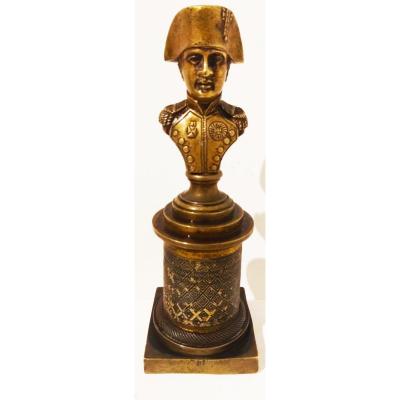
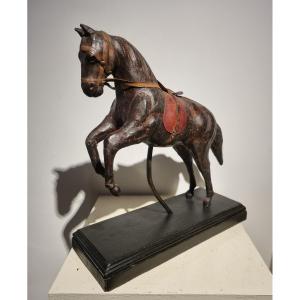
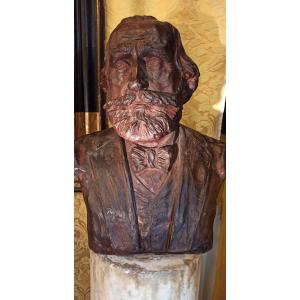


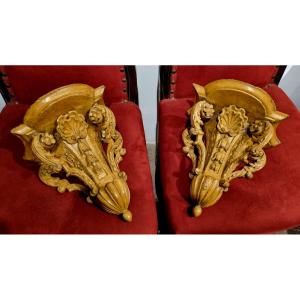
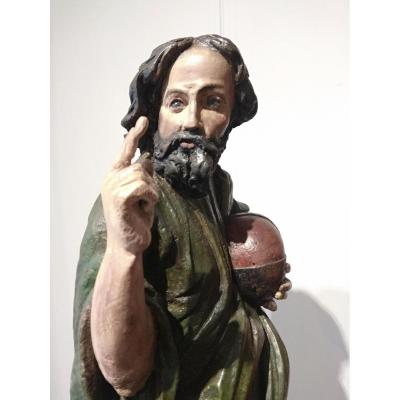

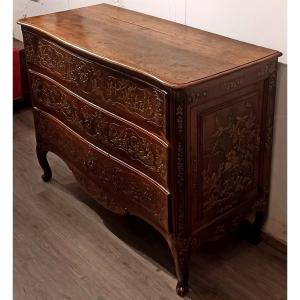

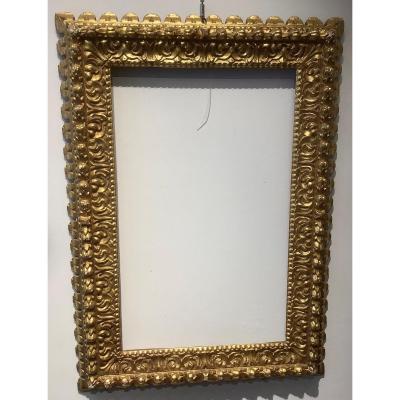
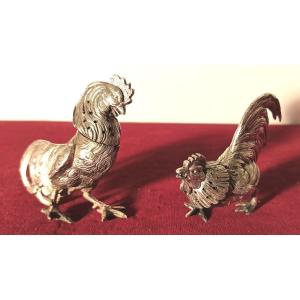
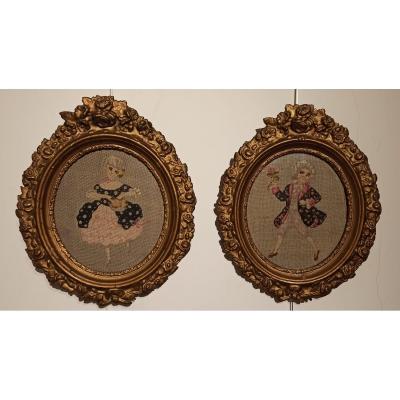
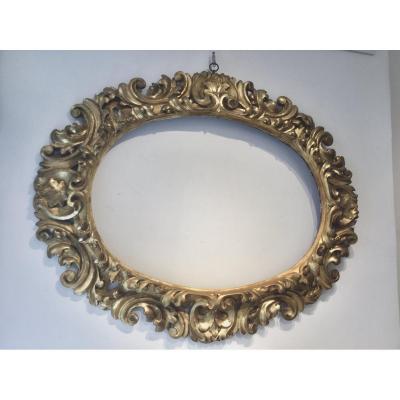

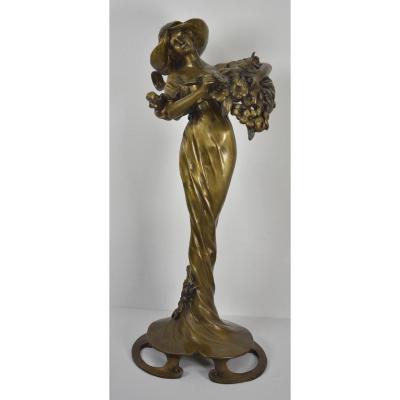






 Le Magazine de PROANTIC
Le Magazine de PROANTIC TRÉSORS Magazine
TRÉSORS Magazine Rivista Artiquariato
Rivista Artiquariato